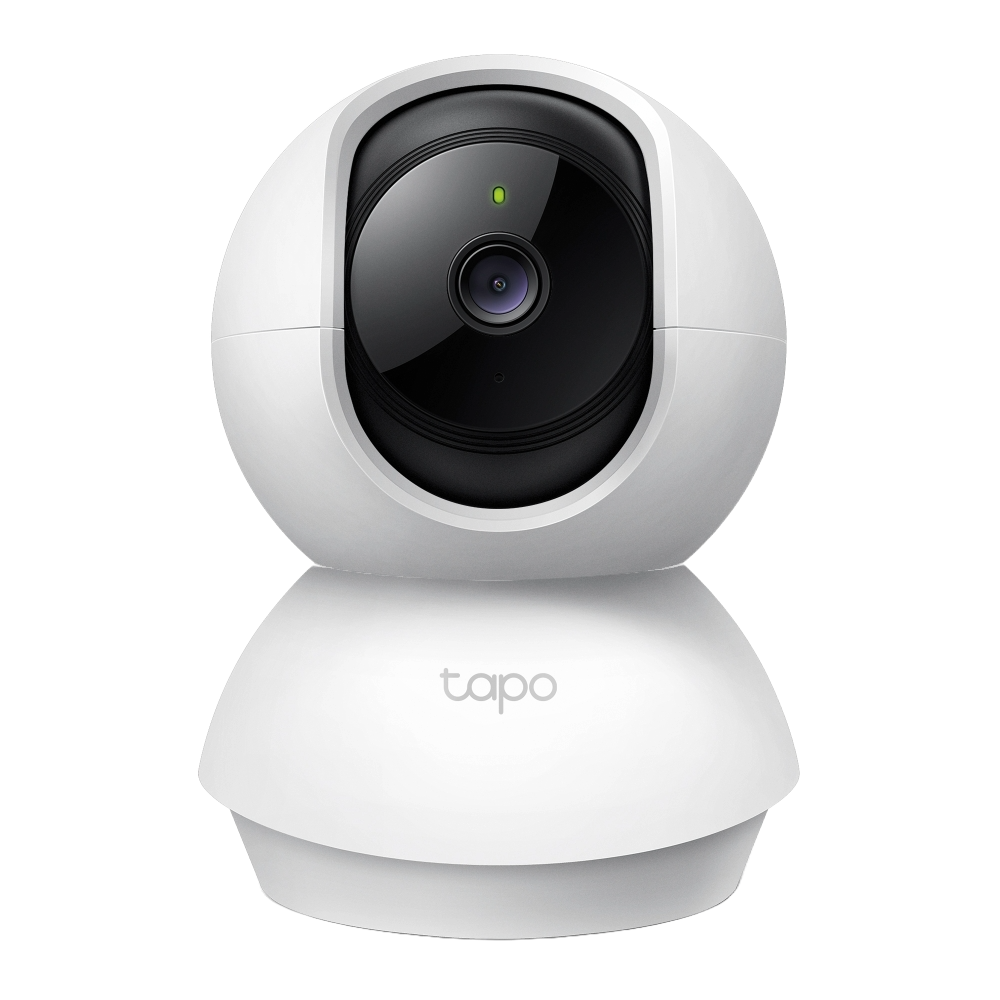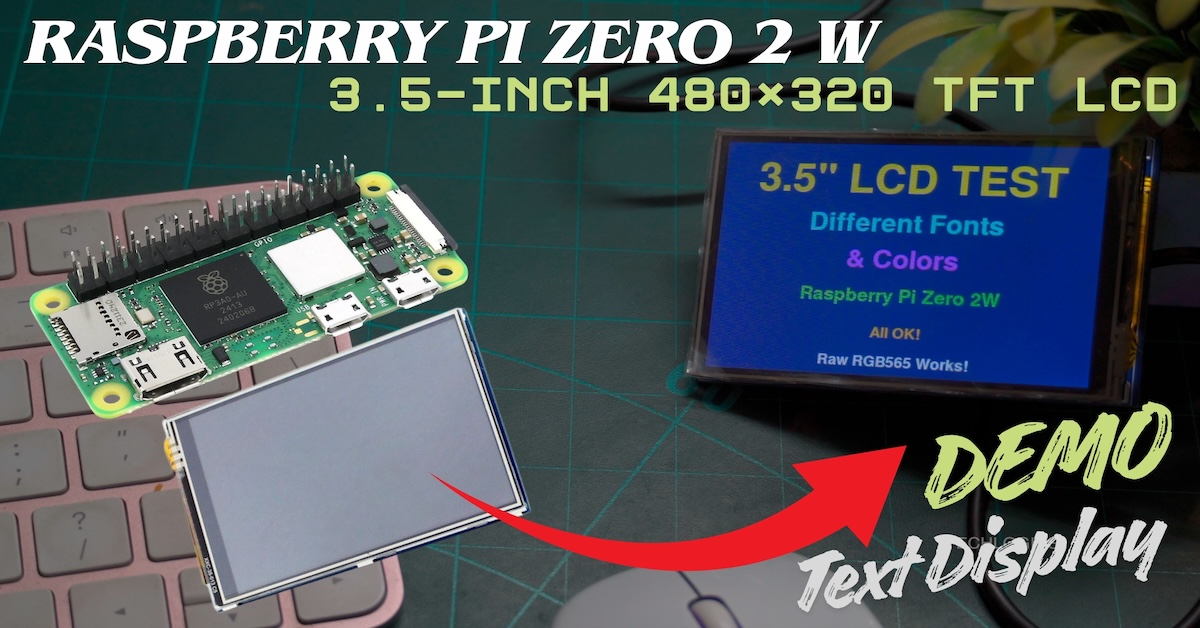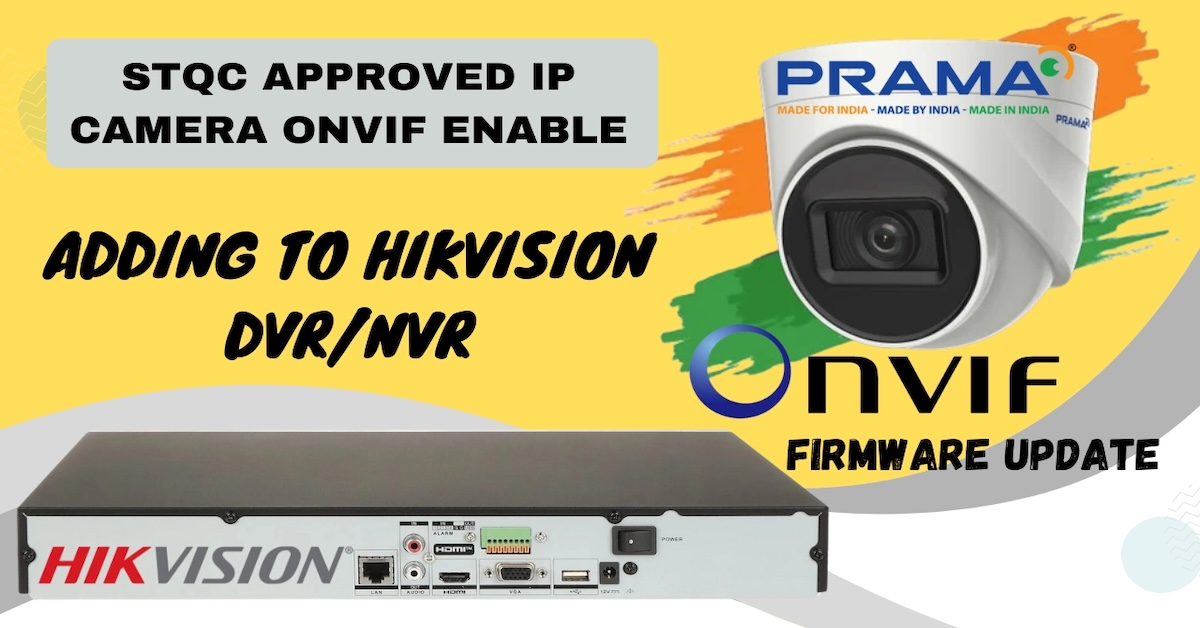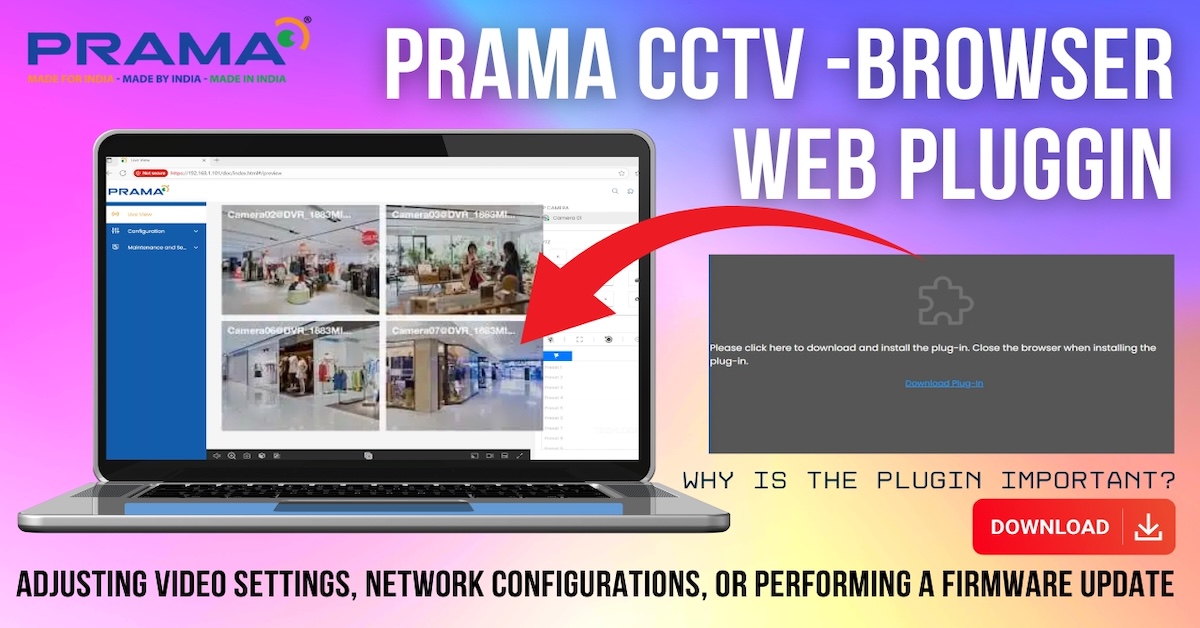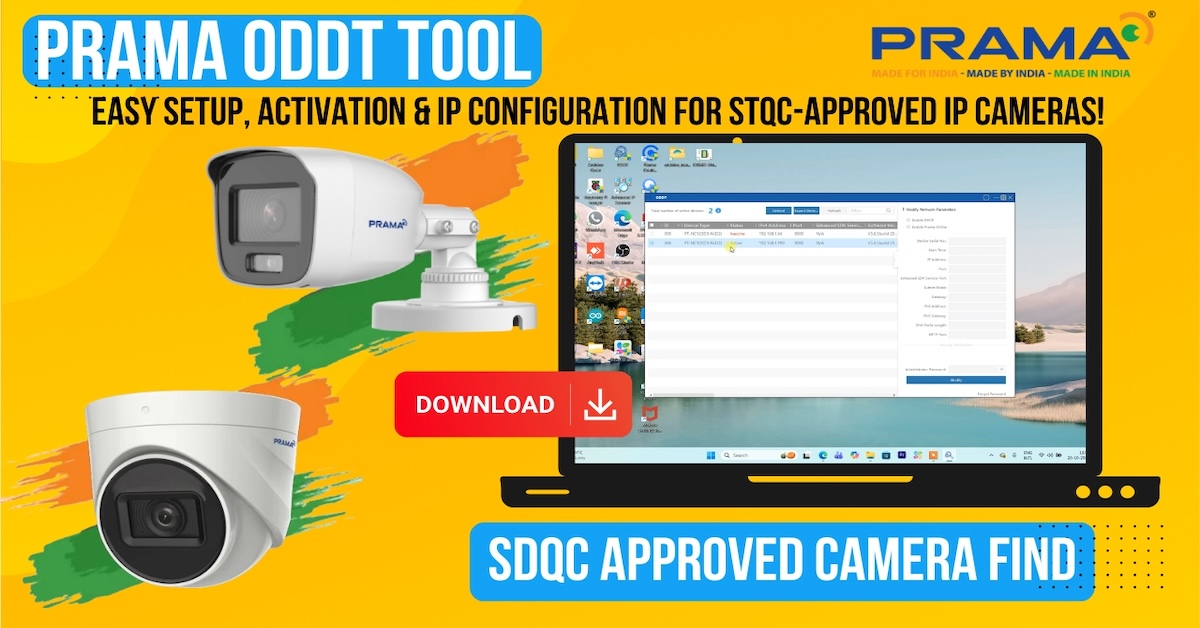In our ongoing series on setting up the Android touch screen car player, this guide focuses on connecting the front and rear car speakers, ensuring a complete and high-quality audio experience. If you missed the previous installment, we demonstrated how to connect the power to the player using either the car battery or a DC SMPS power supply, accompanied by a detailed wiring diagram. Now, we’ll take you through the process of wiring your car speakers to the player.
Useful Links:
- Previous Video: Connecting Power to Your Android Player
- Full Playlist: Android Car Player Series
- Products Mentioned Buy Online:
Choosing the Right Speakers for Your Setup
For this setup, we’re using a 6×9 inch car speaker for the rear and a 6×6 inch car speaker for the front. These speakers, which range from 600 to 900 watts, are supported by the Android player without the need for additional amplifiers, providing powerful and clear audio output.
We’ve selected 3-Way 9 Inch Coaxial Car Speakers that feature a PEI Car Tweeter and a HOP Woofer, each rated at 900W MAX. These speakers combine three audio drivers—a tweeter for high frequencies, a mid-range driver, and a woofer for deep bass—ensuring a full range of sound. Their high power rating allows them to deliver loud, distortion-free audio, making them an excellent choice for enhancing your car’s sound system.
Preparing the Wires
To connect the speakers, we’ll use 24 AWG red and black wires. The red wire is typically used for the positive connection, while the black wire is used for the negative. This color-coding ensures a clear and stable audio signal from the player to the speakers.
- Cutting the Wires: Start by cutting the red and black wires to the required length, ensuring they can comfortably reach from the car player to each speaker. Leave a bit of extra slack to avoid any tension on the wires.
- Connecting the Wires: You have two options for connecting the wires to the speakers: using terminal lugs or soldering. For this setup, we recommend using terminal lugs, as they provide a secure connection without risking damage to the speaker components from heat.
- Attaching Terminal Lugs: Strip the ends of the wires and attach a terminal lug to each. Insert the stripped end of the red wire into the terminal lug, ensuring the bare copper is fully inserted. Crimp the lug securely onto the wire using a crimping tool. Repeat this process with the black wire.


Connecting the Speakers to the Car Player
Now that the wires are prepared, it’s time to connect the speakers to the car player. On the player, you’ll find labeled terminals for each speaker position: front left, front right, rear left, and rear right.
- Rear Speakers:
- Connect the positive terminal of the rear right speaker to the terminal labeled “Rear, Right & +.”
- Connect the negative terminal to the terminal labeled “Rear, Right & -.”
- Repeat this process for the rear left speaker, connecting the positive terminal to “Rear, Left & +” and the negative terminal to “Rear, Left & -.”




- Front Speakers:
- Connect the positive terminal of the front right speaker to “Front, Right & +.”
- Connect the negative terminal to “Front, Right & -.”
- For the front left speaker, connect the positive terminal to “Front, Left & +” and the negative terminal to “Front, Left & -.”





Insulating and Testing the Connections
Once all connections are made, it’s crucial to insulate them properly to prevent short circuits or interference that could affect sound quality. Use heat shrink tubing or electrical tape to cover the connections securely.
After completing the wiring, turn on the power to start the system and test the audio quality. Ensure that all connections are secure before powering up. Test each speaker individually to confirm they are functioning correctly and producing clear sound without distortion. Adjust the volume levels as needed to optimize the audio experience.

Final Thoughts
By following these steps, you can successfully connect your car speakers to the Android touch screen car player, creating a robust and immersive audio experience. Whether you’re a DIY enthusiast or just looking to enhance your car’s sound system, this guide provides the essential steps for a seamless installation.
If you found this guide useful, consider supporting us. Your support enables us to continue creating informative content and providing valuable resources to our audience. Whether through likes, shares, or subscriptions, every bit of support encourages us to do more. Thank you!
